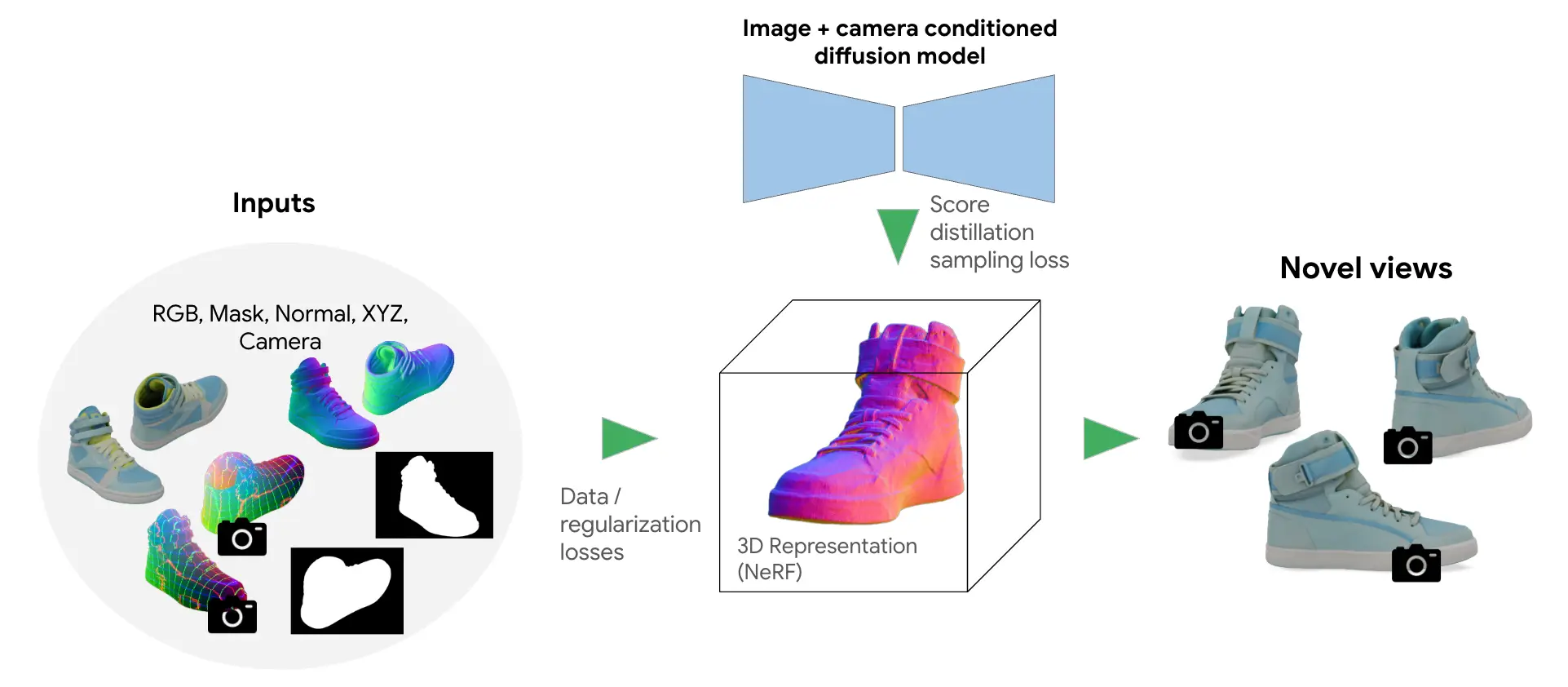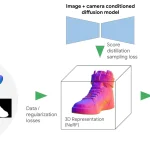Google is harnessing the power of generative artificial intelligence to introduce 3D shoppable products to online retail, transforming the e-commerce landscape with immersive and interactive visualizations, as detailed in a blog post on Google Research. This innovation, part of Google Shopping, uses AI to create high-quality 3D product models from just a few images, enabling consumers to explore products in a more engaging and realistic way. While this promises to revolutionize online shopping, it also raises questions about resource demands, ethical considerations, and the digital divide, reflecting broader trends in AI-driven creative tools and AI accessibility efforts.
The blog post, titled “Bringing 3D Shoppable Products Online with Generative AI,” explains how Google’s AI technology transforms 2D product images into 3D models that users can interact with, rotate, and zoom in on. This is achieved through a combination of Google’s state-of-the-art video generation model, Veo, and advanced 3D rendering techniques. The result is a seamless shopping experience where consumers can visualize products in a more realistic and engaging way, similar to advancements in AI communication tools that enhance user interaction.
Google Research highlights that this technology is already enabling the generation of interactive 3D views for a wide range of product categories on Google Shopping, from footwear to electronics. The AI model, trained on millions of high-quality 3D synthetic assets, can create consistent 360-degree videos from just three product images, significantly reducing the need for expensive 3D modeling. This aligns with the company’s goal of making online shopping more accessible and engaging, a strategy often seen in AI-driven public safety tools that aim to enhance user experiences.
However, the implementation of this technology is not without challenges. The computational resources required to generate these 3D models could limit its accessibility to smaller e-commerce platforms, a concern often raised in AI privacy debates about resource allocation. Additionally, the digital divide may affect users who lack the devices or internet connectivity to fully engage with these 3D visualizations, a challenge often discussed in cybersecurity discussions about tech inclusivity. The ethical implications of using AI to create such detailed product representations also need consideration, particularly regarding data privacy and the potential for misuse.
The transformative potential of Google’s generative AI in online retail is significant. It offers the promise of a more immersive shopping experience, potentially increasing consumer satisfaction and sales. However, its success will depend on addressing these challenges and ensuring that the benefits are widely shared. The technology’s ability to simulate complex product interactions could lead to a new standard in e-commerce, but it also requires careful oversight to prevent unintended consequences.
Moreover, the rapid advancement of generative AI in online retail could reshape the industry. Traditional methods of product visualization, which rely on static images or videos, may become obsolete as AI-driven 3D models dominate. This shift could lead to a more efficient and engaging shopping process, but it also risks displacing jobs in the industry. The balance between technological progress and human expertise will be crucial, a theme often seen in AI language tool debates about the role of AI in professional fields.
The ethical considerations are particularly important. As AI generates detailed 3D models of products, questions about data ownership and intellectual property arise. Who owns the rights to these AI-generated models? How should profits be distributed? These issues are complex and will require new legal frameworks to address. Additionally, the potential for bias in AI models, if not properly managed, could lead to disparities in product representation, a concern often raised in AI privacy debates.
In conclusion, Google’s generative AI for 3D shoppable products represents a pivotal moment in online retail, promising a more immersive and engaging shopping experience. However, its success will depend on navigating the challenges of resource demands, ethical considerations, and the digital divide. As AI continues to shape the future of e-commerce, the balance between innovation and responsibility will be key. What do you think about Google’s 3D shoppable products—will they transform online shopping, or do they face significant hurdles? Share your thoughts in the comments—we’d love to hear your perspective on this exciting development.







